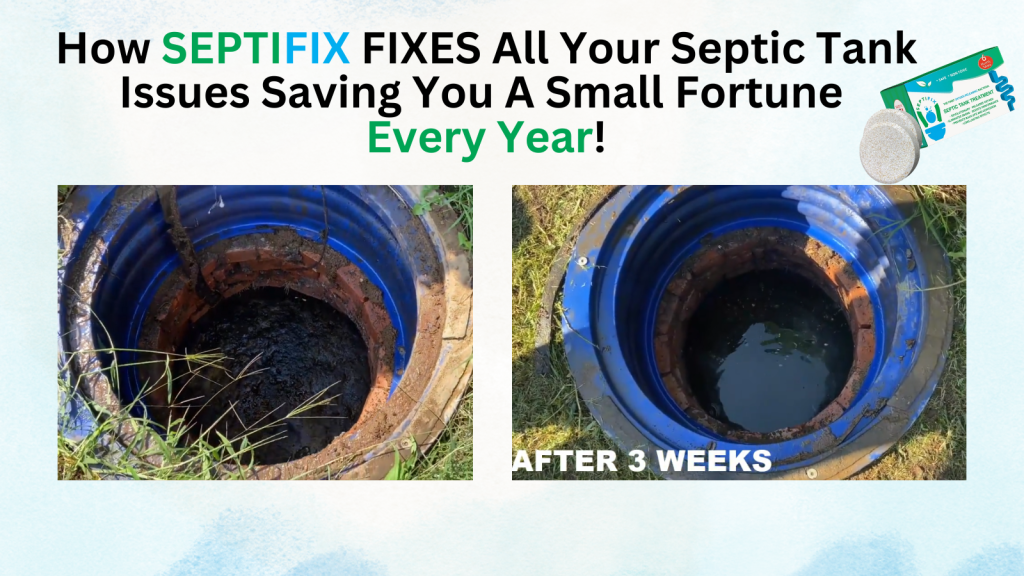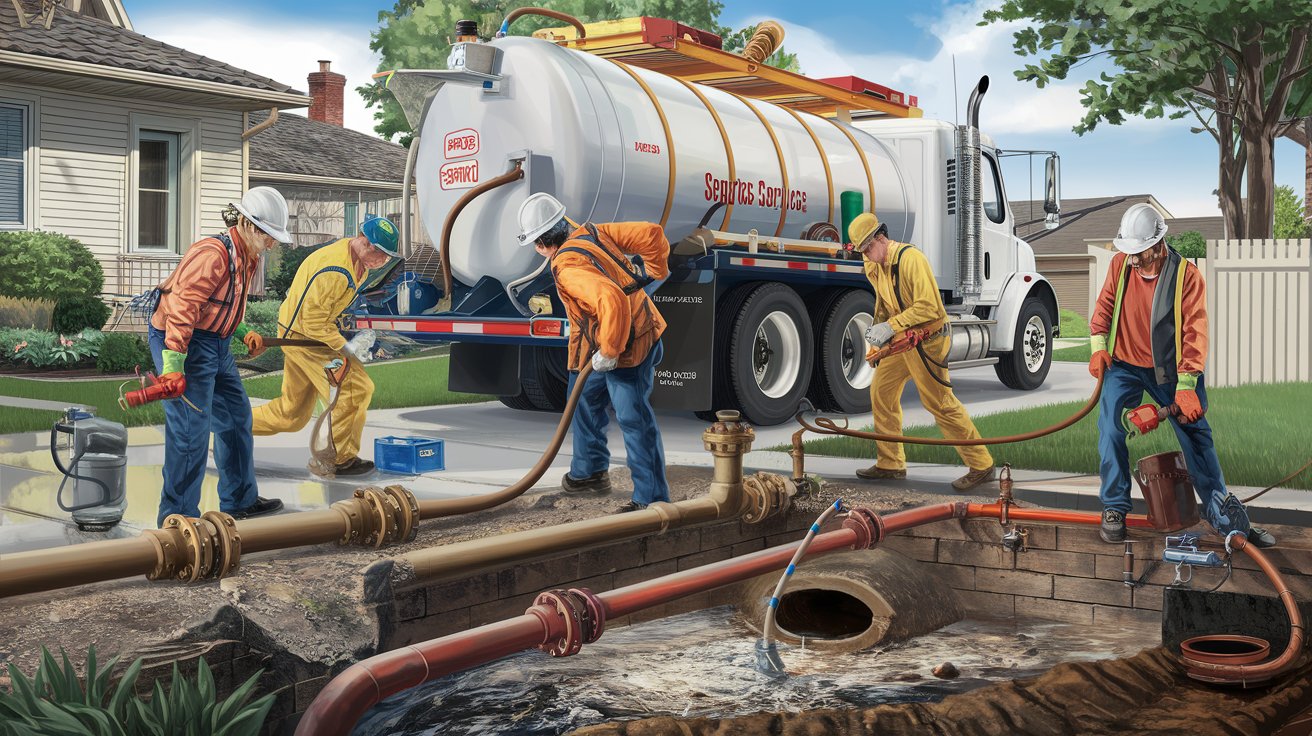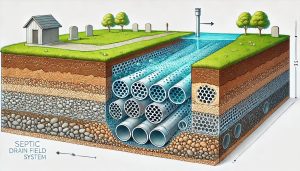When it comes to home maintenance, few things are more stressful—or smellier—than a full-blown septic system emergency. Emergency septic pumping is the critical service you hope to never need, but when disaster strikes, it’s the only thing standing between you and a costly, hazardous mess. Whether your system is backing up into the house or pooling sewage outside, acting quickly can save your property, your health, and your wallet.
Table of Content
- What Is Emergency Septic Pumping?
- Signs You Need Emergency Septic Pumping
- What Causes Septic Emergencies?
- What Happens During an Emergency Septic Pumping Service?
- Why You Shouldn’t Delay
- Regional Terms You Might Hear
- How to Prepare for a Septic Emergency
- Contact Info and Resources
- Conclusion: Don’t Wait Until It’s Too Late
- Septic Permit Links by State
What Is Emergency Septic Pumping?
Emergency septic pumping refers to the urgent removal of wastewater and solids from your septic tank or holding tank, typically due to system overload, backup, or failure. It’s a rapid-response service designed to stop damage and restore safe conditions.
Unlike routine septic pumping, which happens every 3–5 years for most homes, emergency pumping happens when something has gone wrong—and waiting is not an option.
You May be Interested In….
What Are Septic Tank Additives?
Seasonal Pumping Considerations: Seasonal Changes Affect Pumping
Signs You Need Emergency Septic Pumping
Knowing when to call for emergency help can make all the difference. Common warning signs include:
1. Sewage Backup Into Your Home
If wastewater is backing up through toilets, sinks, or bathtubs, it’s a red flag. This is often caused by a full tank, clogged line, or failed drain field.
2. Foul Odors Indoors or Outdoors
Unmistakable sewage smells, especially near drains or your yard, usually indicate a problem beneath the surface.
3. Pooling Water in Your Yard
Soggy patches or standing water near your septic tank or drain field—even in dry weather—could mean your system is overflowing.
4. Gurgling Sounds or Slow Drains
Strange noises from your pipes or slow-draining fixtures often signal a blockage or a system on the brink of failure.
5. Alarm Systems Going Off
If your septic system includes a high-water alarm or pump alert, treat it as urgent. These systems are designed to warn you before a backup happens.
What Causes Septic Emergencies?
Several factors can push your system past the point of failure:
- Lack of regular maintenance
- Overloading the system with too much water at once
- Tree roots or collapsed lines
- Frozen components in colder climates
- Excessive grease, solids, or non-flushable materials
A septic emergency doesn’t always mean your entire system has failed—but it does mean you need professional help right away.
What Happens During an Emergency Septic Pumping Service?
When you call for emergency septic pumping, here’s what typically happens:
Initial Assessment
The technician will inspect your system, locate the tank, and assess the severity of the issue. In many cases, they’ll ask where you’ve noticed symptoms and if you’ve had recent work done.
Tank Access and Pumping
Once located, your septic tank is uncovered and opened. A vacuum truck is used to pump out the tank’s contents, removing solids, scum, and wastewater.
System Check and Diagnosis
After the tank is pumped, the technician may inspect inlet/outlet pipes, filters, and baffles to look for clogs or damage. In some cases, a camera inspection is used.
Emergency Repairs or Recommendations
If the issue requires repairs (like a broken pipe or failed pump), they’ll offer next steps or refer you to a repair team. If the problem was caused by overload or neglect, they’ll provide tips to prevent future emergencies.
Why You Shouldn’t Delay
Putting off emergency septic service can lead to:
- Health hazards: Raw sewage contains dangerous bacteria and viruses.
- Property damage: Backups can damage flooring, walls, and insulation.
- Environmental contamination: Leaking sewage can pollute groundwater and nearby streams.
- High repair costs: Delaying service often turns a minor fix into a major overhaul.
Prompt action keeps you safer and can drastically lower your long-term costs.
Regional Terms You Might Hear
Depending on where you live, “septic system” might also be referred to as:
- Cesspool (common in the Northeast)
- Holding tank (rural or seasonal areas)
- Onsite wastewater system
- Wastewater treatment system
No matter what it’s called locally, emergency septic pumping means the same thing: fast, professional removal of hazardous waste.
How to Prepare for a Septic Emergency
While emergencies aren’t always avoidable, a few smart habits can help:
- Know your tank’s location and keep it accessible
- Pump every 3–5 years (or more often for large families or small tanks)
- Don’t flush anything but waste and toilet paper
- Spread out laundry and dishwasher use
- Fix leaky fixtures that might overload your system
Keep the contact info of a 24/7 emergency septic service provider handy so you’re not scrambling when time is critical.
Contact Info and Resources
Need help now? Contact a licensed septic contractor in your area for emergency service. You can also check these trusted resources for more information:
- EPA SepticSmart Program – Tips on septic maintenance and emergency prevention
- National Onsite Wastewater Recycling Association – Find certified professionals and training programs
- State Environmental Health Agency Directory – Local health department contacts for guidance
Conclusion: Don’t Wait Until It’s Too Late
When your septic system is in trouble, quick action matters. Emergency septic pumping is not a DIY situation—it’s a fast, critical service that can stop a messy situation from becoming a total disaster.
If you notice any signs of backup, foul odors, or standing water, call a professional immediately. It’s the fastest way to protect your property, your family, and your finances.
Don’t wait. Get pumped—before your system explodes.
Directory | Washington Septic Service Providers | Part 1
DIY Repairs Are Always Cheaper
Septic Regulations in Rural Areas: Essential Guide for Rural Property Owners
The Role of Perforated Pipes in Drain Fields
What Happens During a Pumping Service?
Septic Tanks vs. Sewer Systems | Choosing the Right Option
Directory | Virginia Septic Service Providers | Part 2
Directory | Virginia Septic Service Providers : Best Professionals | Part 1









